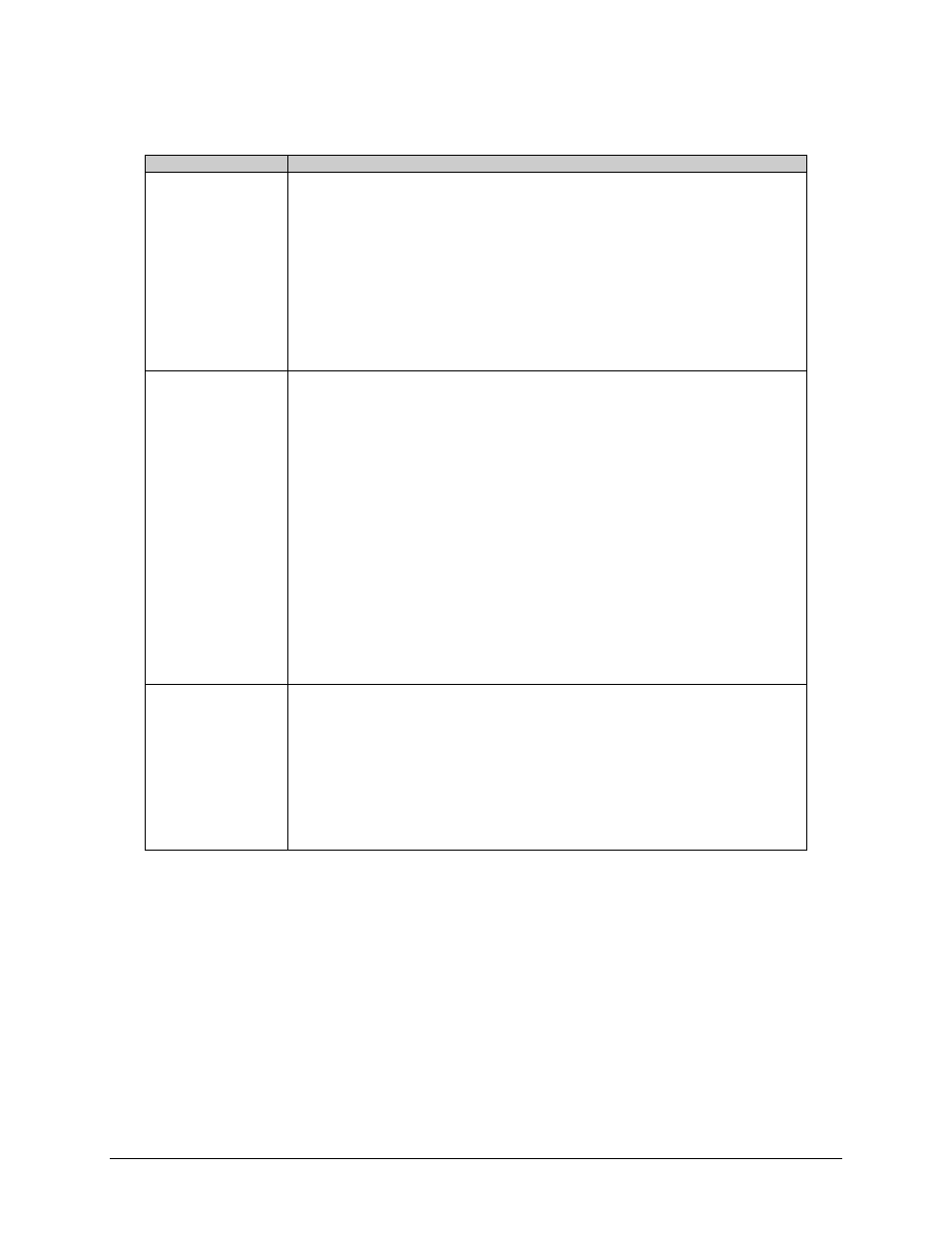Comtech EF Data M&C Software for Windows User Manual
Page 13

Monitor and Control Software for Windows
Revision 4
Getting Started
MN/M-CWIN.IOM
1–3
Screen
Description
Pre-Select Screen
The Pre-Select Screen provides the status of the current configuration information (up and
down converter frequencies and attenuations) for each of the three customer-programmable
pre-selects stored within the RF terminal.
The number of panels displayed on this screen varies from one to two depending upon the
configuration setting from the configuration dialog box.
The information provided by this screen is refreshed at a periodic rate. This refresh rate is
dependent upon the operating system, baud rate setting, and the application configuration.
The actual refresh rate is displayed on the Terminal Screen and may change as background
responsibilities change.
Comm/Util Screen
The Comm/Util Screen is divided into two sections:
• The top half of each panel is the communication setup section. This section displays
presently configured communication parameters of address, baud rate, and parity.
The “Acquire Communications” button is provided as an easy way to poll
combinations of address, baud rate, and parity to find any RF terminals connected to
the assigned COM port.
• The bottom half of each panel provides an interface for some of the more commonly
used utility features of the RF terminals.
The number of panels displayed on this screen varies from one to three depending upon the
configuration setting from the configuration dialog box.
The information provided by this screen is refreshed at a periodic rate. This refresh rate is
dependent upon the operating system, baud rate setting, and the application configuration.
The actual refresh rate is displayed on the Terminal Screen and may change as background
responsibilities change.
Terminal Screen
This screen allows the user to type ASCII characters representing valid Comtech EF Data
remote commands to be transmitted to all connected terminals. This screen is typically used
to enter remote commands not covered by the other four screens.
Convenient macro keys are available on this screen to provide an easy way of sending
remote commands to connected RF terminals. The remote commands entered on this
screen are transmitted as soon as the present background command has been processed.
Background communications occur during periods of no activity (with respect to the user),
thus allowing the other four screens to always show the latest data reported by the RF
terminals.
